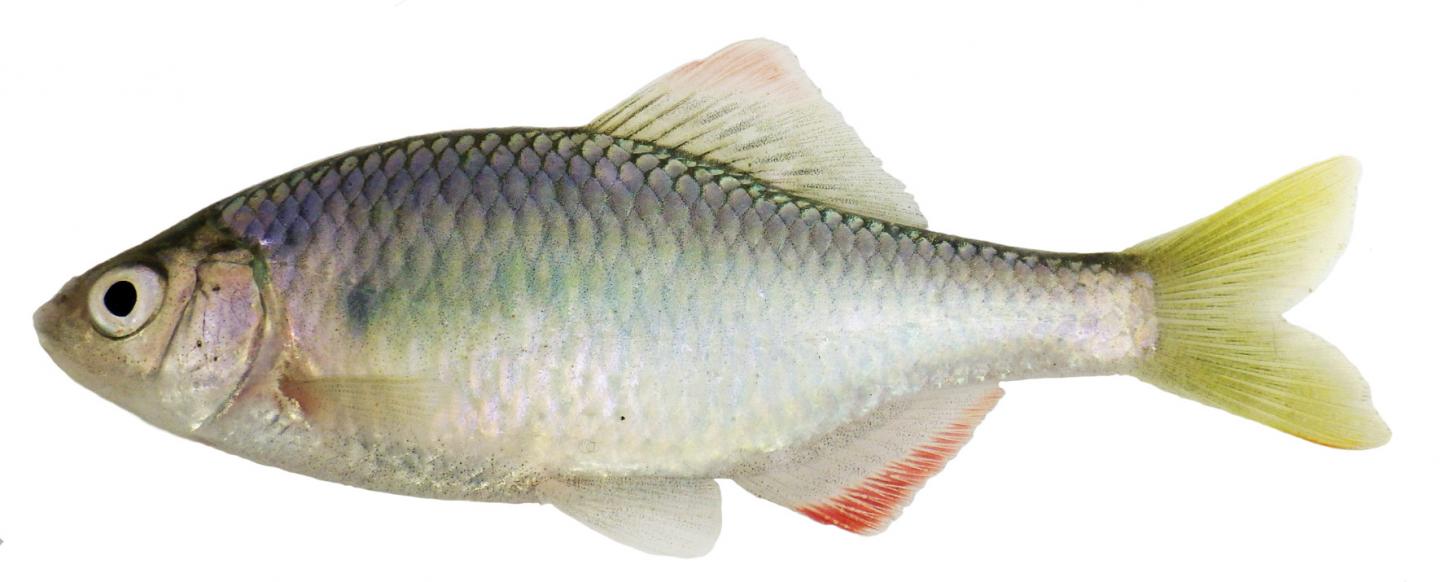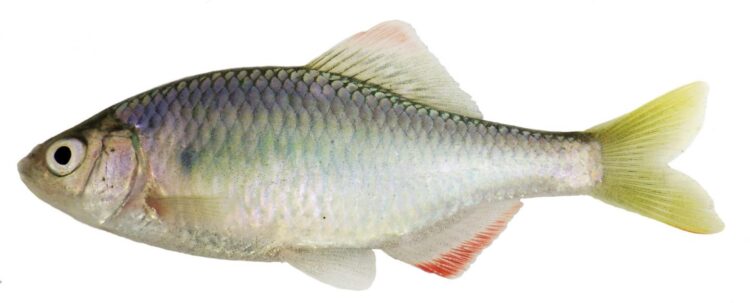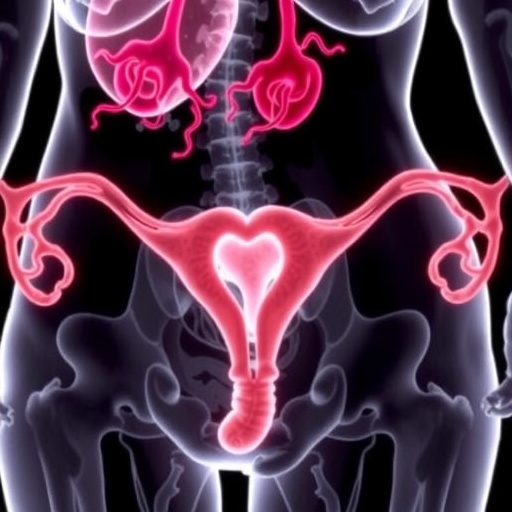Decline of unionid mussels heightens hybridisation of native and introduced bitterling fish

Credit: Hiroki Hata (Ehime University)
Bitterling fishes (Subfamily: Acheilognathinae) spawn in the gills of living freshwater mussels obligately depending on the mussels for reproduction. On the Matsuyama Plain, Japan, populations of unionid mussels–Pronodularia japanensis, Nodularia douglasiae, and Sinanodonta lauta–have decreased rapidly over the past 30 years. Simultaneously, the population of a native bitterling fish, Tanakia lanceolata, which depends on the three unionids as a breeding substrate, has decreased. Furthermore, a congeneric bitterling, Tanakia limbata, has been artificially introduced, and hybridisation and genetic introgression occur between them. Here, we surveyed the reproduction and occurrence of hybridisation between native and invasive species of bitterling fishes. We collected mussels in which these bitterlings lay their eggs, kept them separately in aquaria, collected eggs and larvae ejected from the mussels, and genotyped them using six microsatellite markers and mitochondrial cytochrome b sequences.
The introduced T. limbata was more abundant, had a longer breeding period, and produced more juveniles than the native T. lanceolata. Hybrids between the two species occurred frequently, and in total 101 of the 837 juveniles genotyped were hybrids. The density of P. japanensis was low, at most 0.42 individuals/m2. Nodularia douglasiae and S. lauta have nearly or totally disappeared from these sites. Hybrid clutches of the Tanakia species occurred more frequently where the local density of P. japanensis was low. The mussels were apparently overused and used simultaneously by three species of bitterlings.
The decline of freshwater unionid populations has heightened hybridisation of native and invasive bitterling fishes by increasing the competition for a breeding substrate. We showed that a rapid decline of host mussel species and an introduction of an invasive congener have interacted to cause a rapid decline of native bitterling fish. The degradation of habitat and the introduction of invasive species interact to cause a cascade of extinctions in the native species. In our study, obligate parasite species are threatened because the host species are disappearing, resulting in a serious threat of coextinction.
###
Media Contact
Public Relations Division
[email protected]
Original Source
https:/
Related Journal Article
http://dx.





